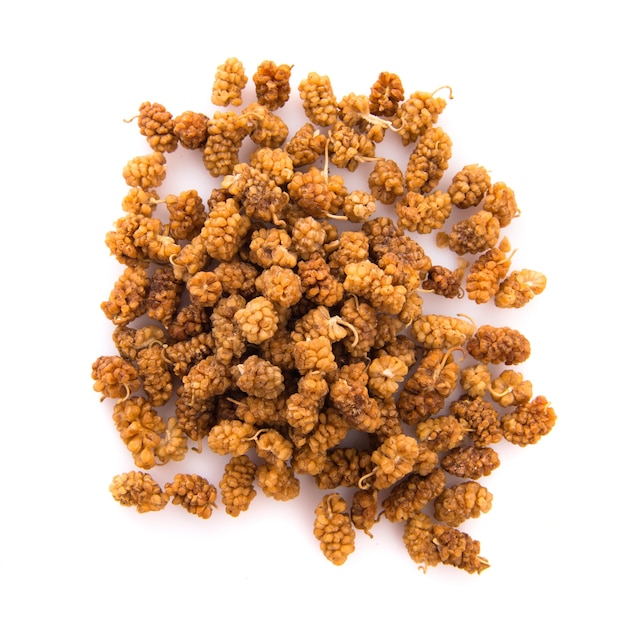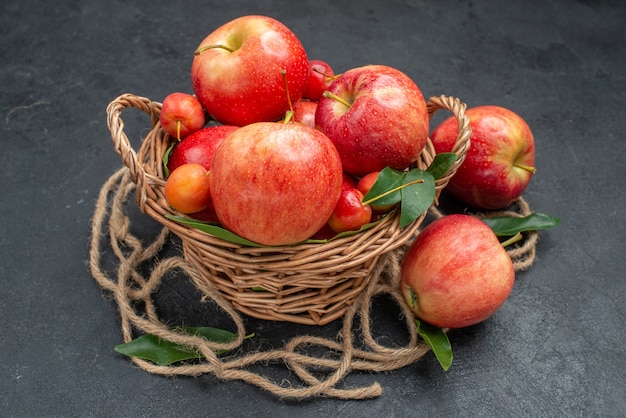Content: Mulberries are a unique and tasty fruit that offers numerous health benefits. They belong to the Moraceae family, featuring various species that look a lot like blackberries but are distinct botanically. The two most well-known types are white mulberries (Morus alba) and black mulberries (Morus nigra).
Mulberries come from a group of fruit-bearing plants within the Moraceae family. Despite each species having unique looks and tastes, their appearances are quite similar. The most common kinds are white and black mulberries.
White mulberries (Morus alba) are notable not just for their fruit but also because their leaves are the main food for silkworms, vital in silk production. Black mulberries (Morus nigra) are prized for their rich, flavorful fruits used in jams, desserts, and wines.
Different mulberry trees can thrive in various climates and soil types, making them popular for both ornamental and agricultural purposes. Their fruits, leaves, and bark have been used in traditional medicine for centuries, purportedly aiding in digestion and helping regulate blood sugar.
Mulberries provide about 43 kcal per 100g, mainly from simple carbohydrates like fructose. They also offer moderate protein and fatty acids, without cholesterol, and contain some phytosterols.
Though not high in fiber, the fiber present in mulberries contributes to their nutritional value. They are particularly rich in Vitamin C and surprisingly high in iron, though it’s not easily absorbed compared to iron from animal sources. They also offer a good amount of potassium.
Black mulberries are loaded with antioxidants like anthocyanins, which help fight oxidative stress and positively impact cholesterol levels. Other parts of the mulberry plant, like the bark and leaves, contain beneficial compounds such as resveratrol, an antioxidant also found in black grapes and red wine.
However, be careful with unripe mulberries as they can be mildly toxic and cause digestive issues if eaten in large amounts.
Mulberries can fit into most diets, but people who are overweight or have metabolic conditions like type 2 diabetes and high triglycerides should be cautious. Consuming them in moderation is key because their natural sugars can affect blood glucose and triglyceride levels.
There are also allergy considerations, particularly for people allergic to Parietaria, a herbaceous plant. Those with Parietaria sensitivities might also react to mulberries, but other types of allergic reactions are uncommon.
Mulberries have a sweet and slightly acidic taste that mellows as they ripen, becoming soft with small seeds inside. Overripe mulberries can get mushy and develop an alcoholic flavor.
White mulberries are more sour and chewy with a hint of vanilla, while black and red mulberries have more intense flavors. They are mainly used in desserts, often eaten raw, but also work well in fruit salads, jams, smoothies, juices, extracts, and herbal teas. They can even be used to make fermented alcoholic drinks.







